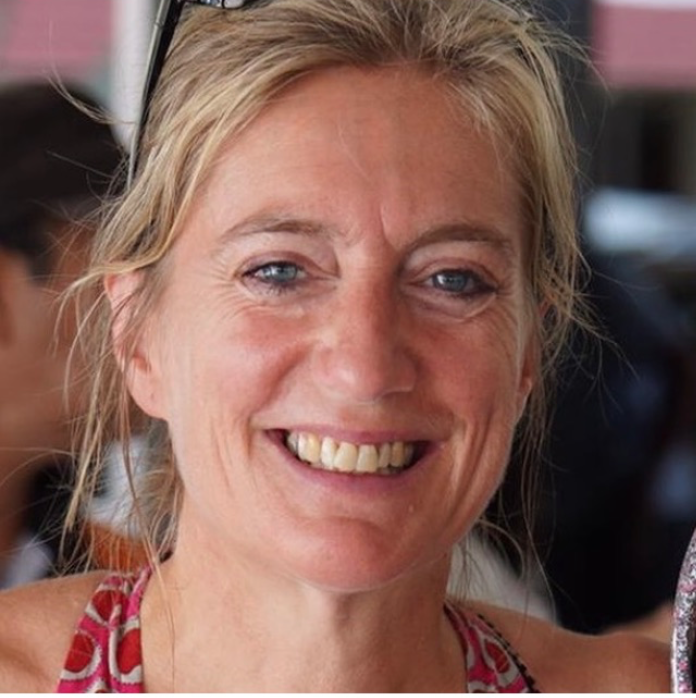
Short biography:
Currently on sabbatical: NORCE, Bergen, Norway.
Since 2011: Professor in Paleoclimatology and Bioindicators at the University of Nantes, France.
2002 - 2011: Lecturer in Paleoclimatology, Paleoceanography at the University of Edinburgh, Scotland, UK
2001 - 2002: Post-doctoral fellow, Research School of Earth Sciences, Canberra, Australia.
1999 - 2001 : NOAA-UCAR Postdoctoral Fellow in Climate & Global Change at Lamon Doherty-Earth’s Observatory LDEO, Palisades, USA.
1995 - 1999 : Ph.D. Laboratoire des Sciences du Climat et de l’Environnement (LSCE), Gif/Yvette, France.
My research focuses on understanding the relationships between changes in ocean circulation and past and present climate change. I use a geochemical tracers such as stable isotope and trace elements measured on marine microfossils and bivalves which secrete biogenic carbonate. These proxies provide quantitative estimates of past changes in ocean salinity and temperature with seasonal resolutions. One active area of research focuses on reconstructions of past El Niño Southern Oscillation (ENSO) patterns using marine bivalves. Marine bivalves have the advantage of providing paleoenvironmental records with seasonal resolutions at high and low latitudes. My research focuses on modern and fossil giant long-lived Tridacna specimen in order to assess their potential to reconstruct present and past changes in ENSO.
Abstract:
El Niño Southern Oscillation (ENSO) is the main source of interannual climate variability and is associated with significant changes of Tropical ocean temperature, rainfall patterns and global atmospheric temperatures. The evolution of ENSO in response to future global warming remains uncertain and Paleoclimate studies are the only way to assess the response of ENSO to different background states and full range of natural variability of this climate phenomenon. PaleoENSO reconstructions require records with seasonal resolutions.
This presentation aims to illustrate how climate reconstructions with seasonal resolutions can be derived from the shells of modern and fossil giant long-lived Tridacna specimen. Modern specimens are used to test their ability to reconstruct modern climatic conditions. Fossil samples have been collected which cover key periods of the past 400,000 years with a special focus on the Holocene and past warm interglacial climates.
Arranged date for the seminar talk: Oct 21, 2019 at 14:15
Location: BCCR lecture room 4020, Jahnebakken 5
